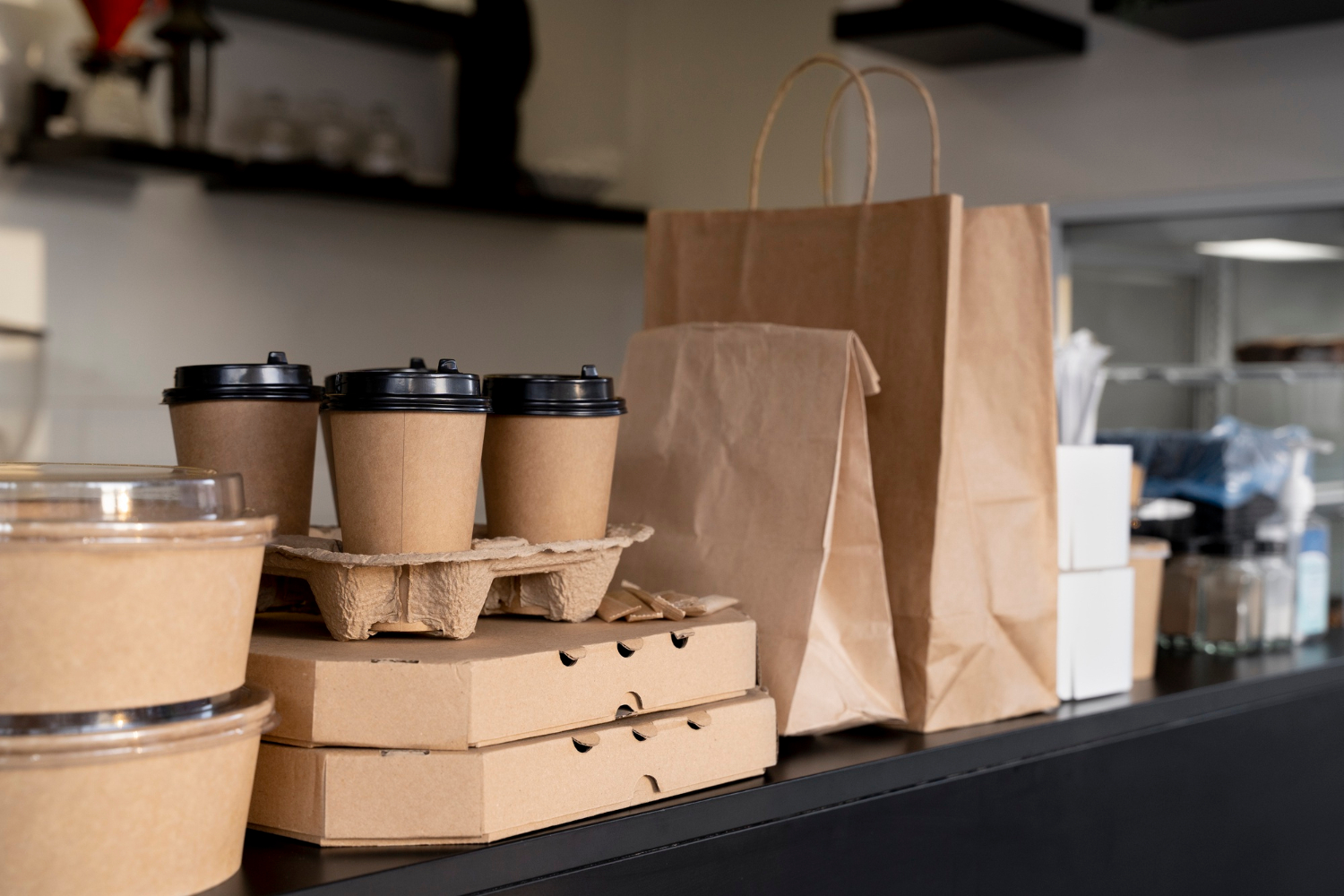In today’s fast-paced environment where consumer convenience often determines their choices, food packaging has undergone radical transformations over the years. From simple containers to innovative solutions designed specifically to protect food while simultaneously contributing to sustainability efforts. One groundbreaking advancement on this journey was the advent of to-go food containers with lids which revolutionized how we store, transport, and eat our meals on the go.
Historical Perspective on Food Packaging
Over time, food packaging has undergone profound evolution as technology advanced and consumer tastes changed. Early civilizations utilized natural materials like leaves and animal skins as efficient packaging techniques that preserved food during long journeys under harsh conditions; such primitive practices laid the groundwork for today’s critical role of packaging in maintaining safety during the transportation of foodstuffs.
The Industrial Revolution in the 19th century revolutionized food packaging through mass-produced glass and metal containers, marking a historic shift towards more efficient and long-term packaging solutions driven by increasing demands for convenience and hygiene. These containers not only extended the shelf life of food products but also helped their wide distribution – which profoundly transformed global eating patterns.
Convenience and the Rise of Disposable Food Containers
By the mid-20th century, convenience was at its highest, leading to widespread adoption of disposable food containers made mostly out of plastic and making life much simpler for meals that needed packaging or delivery services such as takeout or home delivery services. Their lightweight yet sturdy nature combined with secure lids helped solve transport challenges posed by takeaway, catering, or home delivery services alike.
Lids on disposable containers have proven revolutionary, helping maintain freshness while minimizing spillage during transport. Not only did this meet the ever-increasing demands of busy lifestyles but it also revolutionized dining and food service norms across society. Disposable food containers with lids not only provided unparalleled convenience but they set the foundation for further advances in packaging technology which now balance practicality with sustainability in modern living.
Innovations in Sustainable Food Packaging
However, plastic containers come at a significant environmental cost. Their widespread usage for food packaging has raised concerns regarding pollution and long-term environmental impact; consequently, the industry has started searching for eco-friendly alternatives as a result of this challenge.
Compostable and biodegradable food packaging materials have experienced significant adoption recently, offering promising solutions such as cornstarch or sugarcane fibers derived from renewable resources for packaging purposes. When composted at facilities or marine environments they break down naturally reducing landfill burden while mitigating ocean pollution issues.
Transitioning towards sustainable packaging is driven both by regulatory pressures and changing consumer tastes. As consumers become more environmentally aware, demand increases for products that adhere to values of sustainability and conservation – prompting businesses throughout the food industry to reconsider their packaging decisions.
Balancing Convenience with Sustainability
The paradigm shift toward sustainable packaging represents a delicate balancing act between convenience and environmental responsibility. Historically, convenience has often meant disposable and often non-recyclable packaging solutions; however, changing consumer attitudes and increased environmental consciousness are gradually altering industry norms, leading to greater concern from today’s customers regarding how their purchasing decisions impact the planet – including the packaging choices they select.
Companies have begun responding to this shift by creating packaging solutions that prioritize sustainability without compromising convenience, such as creating eco-friendly practices like designing packaging that is reusable, recyclable, or compostable – thus cutting waste while conserving natural resources and strengthening brand identities as environmentally responsible entities. By employing such practices companies not only meet regulatory requirements more easily but can also strengthen their brand image as responsible entities.
Future Trends in Food Packaging
Looking forward, food packaging holds exciting promises of sustainability and innovation. Thanks to technological developments, we anticipate significant reductions in efficiency and environmental impact of materials and processes used for packaging food items; one promising trend includes smart technologies going beyond their original functions.
These innovations include sensors and indicators that monitor food freshness in real time, helping reduce food waste by optimizing storage conditions throughout the supply chain. Not only do such advancements improve product safety but they also contribute towards sustainability efforts by decreasing disposal of spoiled foods.
Conclusion
Food packaging’s shift away from convenience toward sustainability represents an impressive milestone on our path toward environmental responsibility. Take-out containers with lids have played a critical role, offering practical solutions for modern lifestyles while simultaneously encouraging environmental stewardship. As more consumers and businesses adopt eco-friendly options, we move closer toward an ideal world in which convenience coexists harmoniously alongside environmental stewardship.
